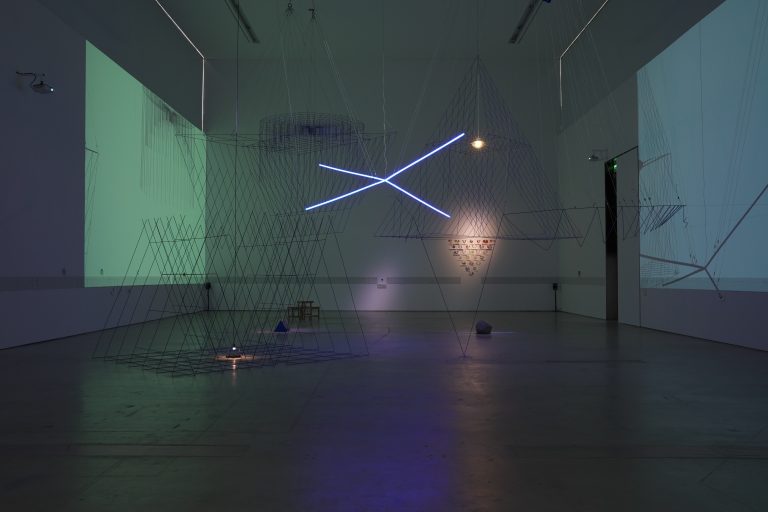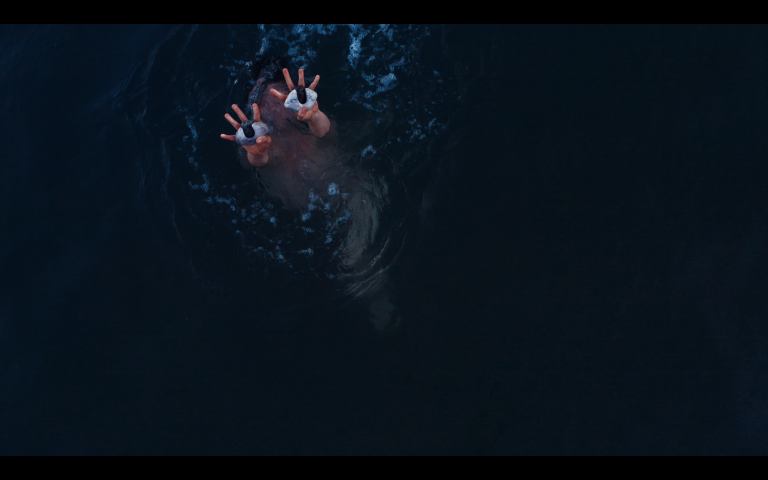Exhibiting in Dublin
I studied and worked as a structural engineer for fourteen years. It involves a way of thinking that is practical and safe. One considers an issue or problem and thinks it through, logically and deductively, to a conclusion. This conclusion must adhere to the laws of Nature, or more specifically, Physics, or more specifically again to the engineer’s Bible of empiricism – The British Standards. It is the practical application of Physics. It is a useful way of thinking; I was sick of it. Now I study fine art. I am interested in thinking in a different way.
Gilles Deleuze, in the 1960s, said: that it was important for an artist to become animal. Manuel De Landa – a Mexican artist and philosopher – examined this idea in a lecture he gave in 2006 to the European Graduate School, a lecture I watched, glamorously, on YouTube. I am no student of philosophy; I merely found this interpretation interesting. He looked at Deleuze’s notion of the artist becoming animal not in a metaphorical sense but from the point of view of the manner of thought being employed by physicists and mathematicians practising up to and around that time. He wanted to remove logic and language from his reckoning and embrace the purity of numbers and geometry – two geometries feature in this lecture in particular, Differential and Topological.*
De Landa introduced, into this presentation, the idea of the Phylum Cordata, which is a first principle blueprint of the skeletal structure of a mammal. This basic, vertebrate structure is: spine, four limbs, head. Topology is the stretching and shaping of something until it resembles something else, but without losing connectivity. It is an a-scalar and a-dimensional process, i.e. it does not use linear measurements. The famous example of this is the re-shaping of a doughnut to a cup – you have a hole and you have unbroken material around the hole. De Landa proposed that this topological geometry could be applied to the Phylum Cordata. The process would be that the human skeleton is folded, kneaded or shaped back to the first principle blueprint and from there it can be stretched, pulled and bent – through progressive differentiation – to the skeleton of, say, a giraffe, or a whale or a bat, et cetera; thus becoming animal. De Landa wanted to illustrate the point of potential from where a freedom of thought can evolve. He likened this progressive differentiation to that of the thought process of an artist acknowledging this fluidity. This is my, no doubt crude, understanding of his interpretation and lecture on Deleuze’s position.




